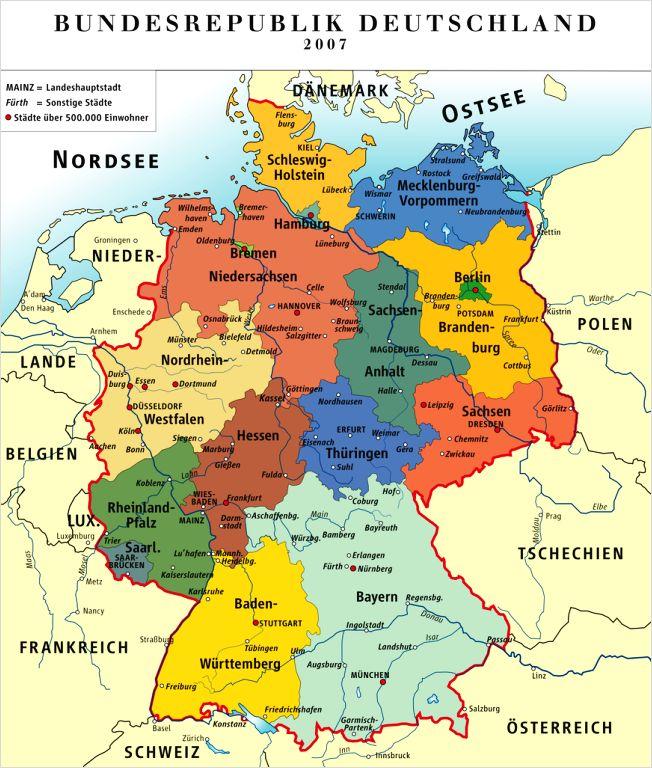Germany has reached a significant milestone in the education of its immigrant population, as recent data reveals a marked increase in attainment levels. According to a new report highlighted by Deutsche Welle (DW), more immigrants than ever before are achieving higher educational qualifications, signaling positive developments in integration and social mobility. This surge in educational achievement reflects ongoing efforts to enhance access to quality education for immigrant communities across the country, with implications for Germany’s labor market and broader society.
Germany Sees Significant Improvement in Immigrant Education Attainment
Recent statistics reveal a marked upward trend in educational accomplishment among immigrant populations in Germany, highlighting a shift towards greater academic integration. Factors contributing to this positive development include enhanced language support programs, targeted scholarships, and community mentorship initiatives aimed at reducing barriers typically faced by immigrants. Educational institutions across the country have reported higher enrollment rates in secondary and tertiary education among first- and second-generation immigrants, signaling a promising future for diversity and inclusion within the academic landscape.
Key drivers behind the improvement include:
- Expanded access to vocational training and apprenticeships
- Increased availability of bilingual education and language acquisition resources
- Policy reforms focusing on equal opportunity for immigrant youth
- Community and parental involvement programs supporting academic achievement
| Year | Immigrant Students with Tertiary Education (%) | National Average (%) |
|---|---|---|
| 2015 | 24 | 30 |
| 2018 | 31 | 34 |
| 2023 | 39 | 40 |
Challenges Remain in Bridging Achievement Gaps Across Communities
Despite the encouraging surge in educational attainment among immigrant populations in Germany, significant disparities persist within and between different communities. Factors such as socioeconomic status, language barriers, and varying access to quality early childhood education continue to hinder equitable outcomes. In particular, students from lower-income immigrant families often face additional challenges that affect their academic progression, underscoring the need for tailored support mechanisms. Targeted interventions and increased resource allocation in schools located in underserved neighborhoods remain critical to closing these gaps.
Recent data reveals a complex landscape, where progress coexists with persistent divides. The table below illustrates varying graduation rates among immigrant students based on region and socioeconomic indicators, highlighting areas requiring urgent policy attention:
| Region | Graduation Rate (%) | Low-Income Immigrant Students (%) | Schools with Language Support Programs |
|---|---|---|---|
| Berlin | 78 | 45 | Yes |
| Bavaria | 85 | 30 | Limited |
| North Rhine-Westphalia | 74 | 50 | Yes |
| Hamburg | 82 | 35 | Moderate |
- Language acquisition programs demonstrated a positive correlation with improved performance.
- Community engagement plays a vital role in encouraging school attendance and parental involvement.
- Economic disparities remain a definitive obstacle requiring integrated social and educational strategies.
Experts Call for Targeted Policies to Sustain Educational Progress
Recent studies highlight the remarkable strides made by immigrant students in Germany’s education system, showcasing improvements in graduation rates and academic performance across various regions. However, experts emphasize that these gains remain fragile without targeted policy interventions. They argue that sustained support through tailored language programs, mentorship schemes, and inclusive curricula is essential to bridge lingering gaps and foster equal opportunities for all learners.
Policy analysts point to several key focus areas for ensuring continued progress, including:
- Enhanced Vocational Training: Integrating immigrant youth into Germany’s robust apprenticeship system to boost employability.
- Community Engagement: Strengthening partnerships between schools, families, and local organizations to support cultural integration.
- Early Childhood Education: Expanding access to high-quality pre-school programs to lay strong foundations for language proficiency and social skills.
| Policy Area | Current Challenge | Proposed Solution |
|---|---|---|
| Language Support | Uneven access in rural areas | Mobile language learning units |
| Mentorship | Limited role models for immigrant youth | Expanded mentorship programs with community leaders |
| Early Education | Insufficient availability of bilingual preschools | |
| Early Education | Insufficient availability of bilingual preschools | Investment in bilingual early childhood centers and teacher training |




